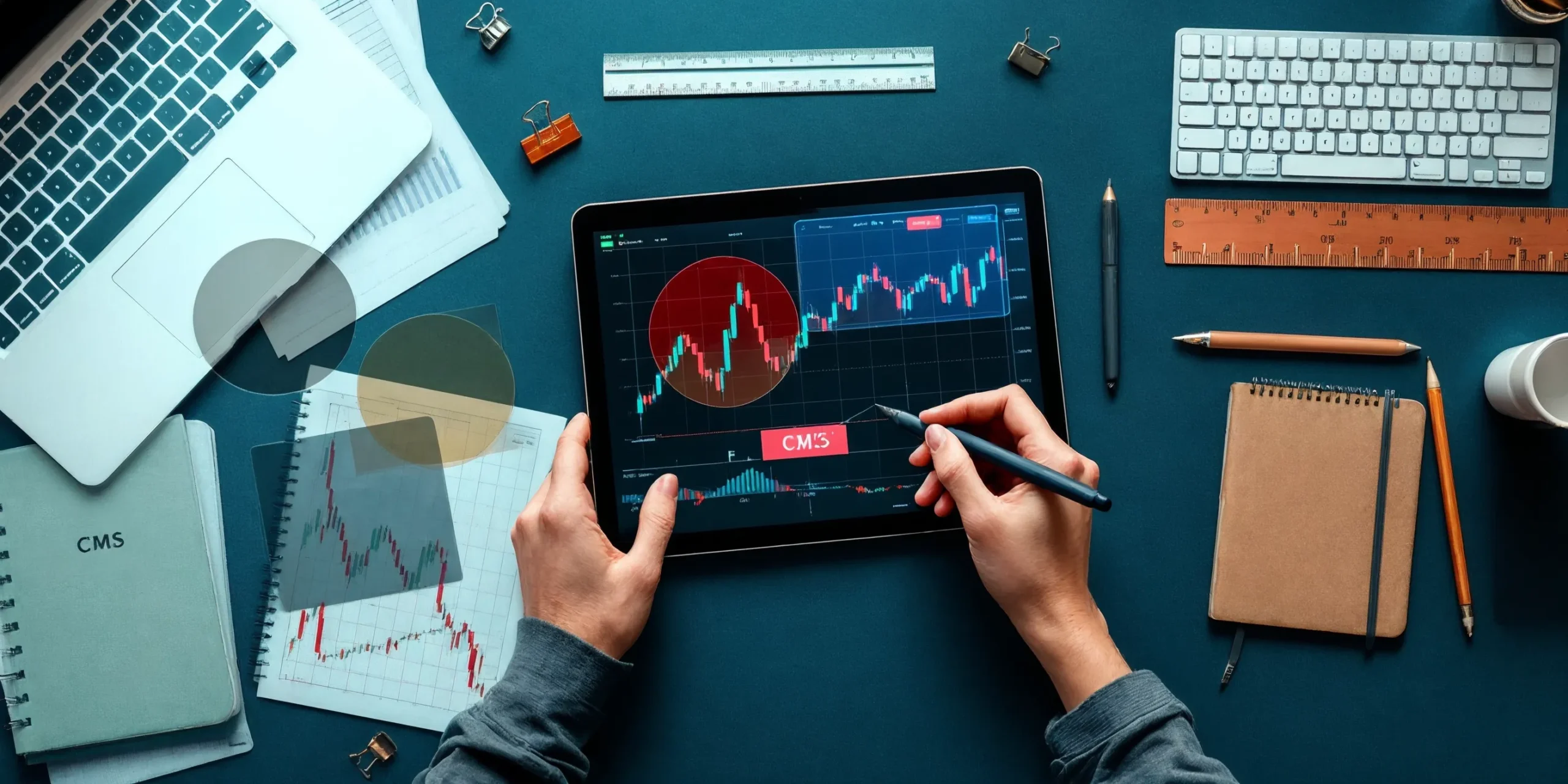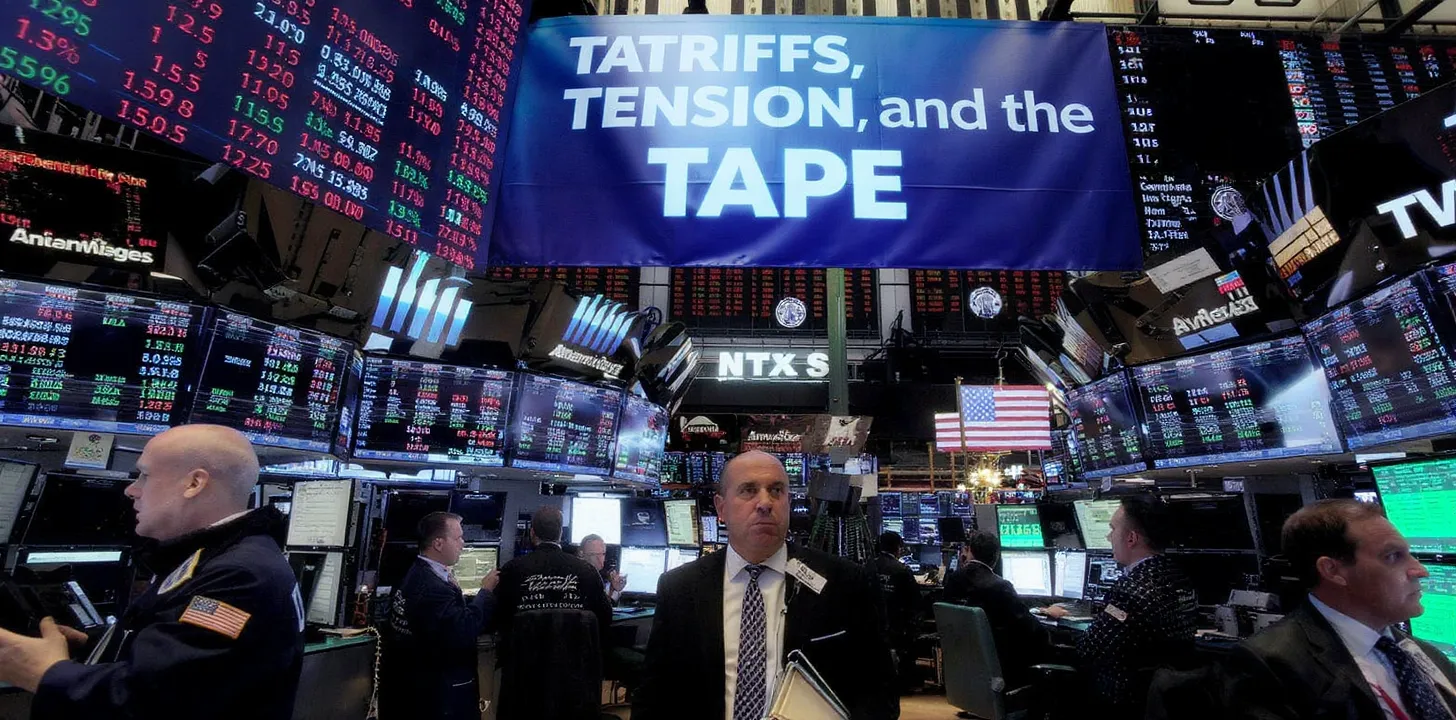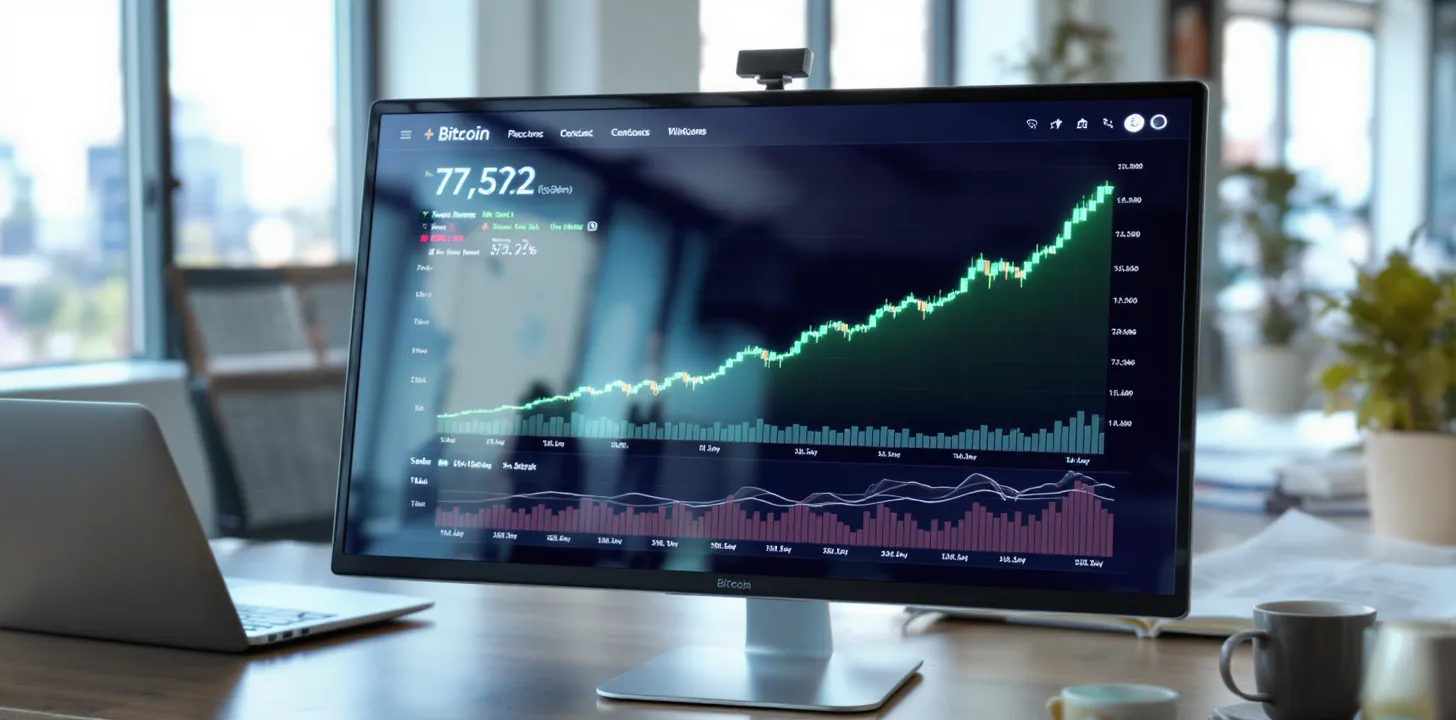Mastering Chart Patterns for Tech Stock Trading Success
Introduction
Tech stocks have a reputation for volatility, explosive growth, and sudden reversals. For traders, this presents both opportunity and danger. Chart patterns—recurring formations that reflect collective investor psychology—offer a structured way to navigate this unpredictability. When combined with risk management and a clear trading plan, patterns can serve as a compass in a sea of noise.
In this article, we explore the top chart patterns every trader should master when trading technology stocks. From classical breakouts to modern volatility-driven setups, these patterns can help traders anticipate directional moves and optimize timing.
Why Chart Patterns Matter in Tech Stocks
Tech equities are influenced by unique forces: earnings surprises, product launches, regulatory scrutiny, and innovation cycles. These factors often create sharp price swings. Chart patterns capture the crowd’s emotional footprint during these events, helping traders align with momentum or fade extremes.
Unlike fundamentals, which may take months to reflect in prices, patterns provide near-real-time signals. They translate complexity—fear, greed, accumulation, and distribution—into visible shapes on the screen.
Pattern 1: The Ascending Triangle – Innovation Fueling Breakouts
An ascending triangle occurs when price makes higher lows while resistance remains flat. It reflects buyers repeatedly testing a ceiling with increasing strength.
In tech stocks, this often happens before product announcements or industry adoption shifts. For example, a semiconductor firm might consolidate below a key resistance as institutions quietly accumulate shares. The breakout, once confirmed with volume, can unleash explosive upside.
Trading Considerations
Entry: Buy on breakout above resistance with strong volume.
Stop-loss: Place below the most recent higher low.
Target: Measure the height of the triangle and project upward.
Pattern 2: The Descending Triangle – When Hype Fades
The inverse, the descending triangle, signals distribution. Lower highs form as optimism wanes, yet a horizontal support holds temporarily. In the tech sector, this often precedes declines after failed product cycles or regulatory pressure.
Trading Considerations
Entry: Short on a decisive break below support.
Stop-loss: Above the last lower high.
Target: Project the vertical height downward.
Pattern 3: The Cup and Handle – Institutional Accumulation in Action
The cup and handle resembles a rounded “U” followed by a short consolidation. It is a textbook bullish continuation pattern, especially common in growth tech names. Institutions gradually buy shares, creating the rounded bottom. The handle represents a brief pause before renewed momentum.
This pattern frequently appears when a tech stock emerges from a period of skepticism into renewed investor confidence.
Pattern 4: The Head and Shoulders – Reversal After Euphoria
Few patterns are as reliable in tech markets as the head and shoulders. After a long bullish run, the formation of a left shoulder, head, and right shoulder indicates distribution. Tech traders often encounter this after exuberant rallies in cloud computing, AI, or biotech firms.
Once the neckline breaks, sellers usually take control, often leading to extended downtrends.
Pattern 5: The Double Bottom – A Tech Stock’s Second Chance
Tech equities often overreact to bad news, falling sharply before stabilizing. A double bottom appears as two similar lows separated by a moderate rally. It represents failed attempts by sellers to push prices lower.
This structure often emerges after earnings disappointments, when the second test of support finds eager buyers.
Risk Management and Volume Confirmation
Patterns are probabilistic, not guarantees. Traders must always combine them with volume analysis and disciplined stop-losses. In volatile sectors like technology, false breakouts are common. Volume confirmation—surging activity on breakouts or breakdowns—helps separate signal from noise.
The Psychological Core of Patterns
Every chart pattern is a visual representation of crowd behavior. In ascending triangles, buyers grow increasingly confident. In head and shoulders, enthusiasm gives way to distribution. Recognizing this psychology gives traders not only technical edge but also emotional discipline.
Conclusion
For tech stock traders, mastering chart patterns is essential. They provide frameworks to anticipate moves, manage risk, and ride volatility. Patterns like triangles, cups, and double bottoms have endured across decades because they capture human behavior, which does not change even as technology evolves.
By combining classical setups with disciplined risk management, traders can turn chaotic tech markets into structured opportunities.



